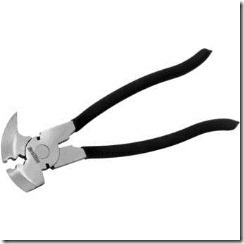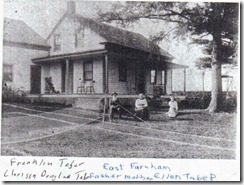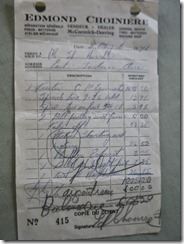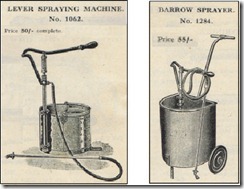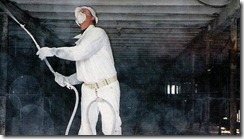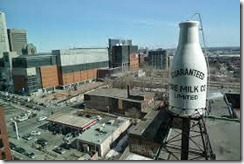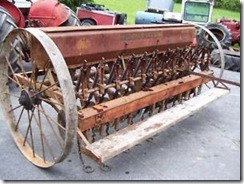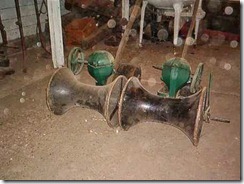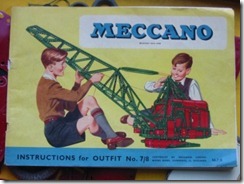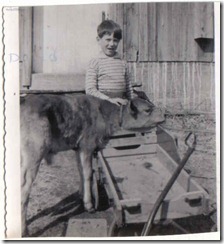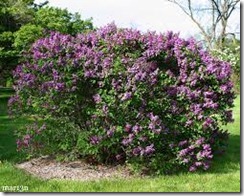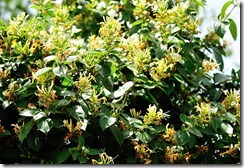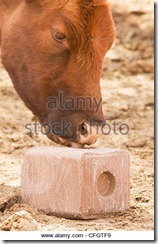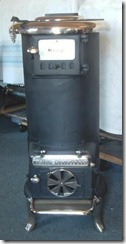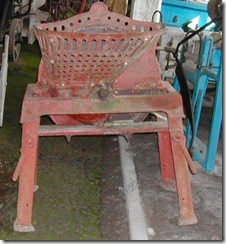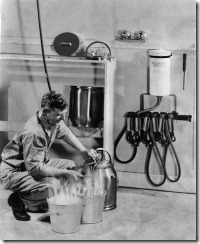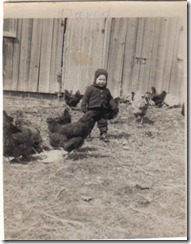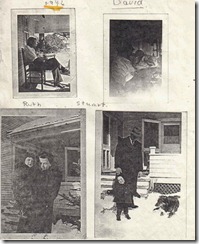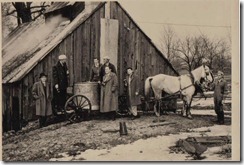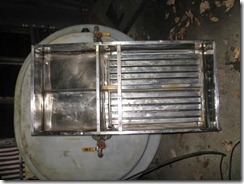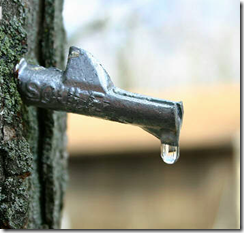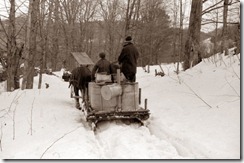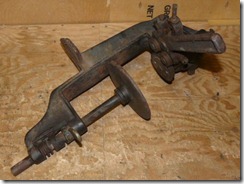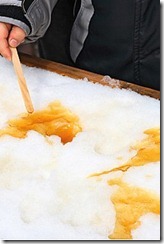For this incarnation I chose a farm family, the descendants of farmers and small businessmen who were good loyal upstanding citizens that participated in community affairs but weren’t afraid to pull up stakes to start over again in the unknown rather than endure persecution at home.
The first of the family to venture to the New World was George Hauck*, born January 1751, a refugee from the wars in the Palatinate region of the Germanic states. Although I can find no definite family history prior to settlement in Pennsylvania, it would appear that likely he came to the New England colonies via England with assistance from King George II this would explain his later being forced to abandon the original Hauck farm in what was to become the City of Philadelphia during the American Revolution 1765 – 1783.
Due to the absence of any written diaries we can only assume that due to his monarchist loyalty the 20 something George was forced to abandon the Pennsylvania homestead and headed to Albany, New York where he likely had friends/relatives as he married a Huguenots wife, the preceding link explains the connection between the Huguenots and Palatines making the relationships clearer.
As the records show he married Elizabeth in 1772, his first child, Jane was born in 1776, the second, John in 1778, the third Elanor in1780, the fourth Arabella in Sept 1782 but the fifth George not until May 1785 it seems logical to deduct that he departed Albany sometime the spring of 1782 leaving his wife and children in the care of relatives, arriving in Missisquoi Bay that fall, acquiring land setting up a Homestead, then sending for Elizabeth and the children during the summer of 1784. Two more children were born in Canada, Jacob in 1787 and Elizabeth in 1785?
We now come into some ‘word of mouth’ information compiled by my aunt Hattie, Harriet I Hawke in 1943: “The following account of George Hauck’s coming to Canada was handed down by “Word of Mouth” to my father, Jared Hawk as told to him by his father, George Nelson Hawk who was present at the 80th Birthday Party of George Hauck. The U.E.L. Pioneer when he told the story to his grandchildren.”
THE STORY’
“George Hauck and seven other men left the U.S.A. to come to Canada about the year 1780-83. They traveled on foot leaving their homes owing too loyalty to the crown. The first Hauck farm, traditionally, was said to have been where part of the City of Philadelphia stands.
George Hauck and Elizabeth Devos or Devoo, a Hugenot, were married at Albany, N.Y. and we can only suppose he started from N.Y. State.
One incident of his journey was when they asked shelter for the night of a Quaker. He took them to his hay mow to sleep. At the break of day he came to the barn and said “Thee mustaway as it will not be pleasant for me if it becomes known thee was here.” and he gave each man bread to carry away. The good wife had not slept but baked to supply food for the travellers.
One man died on the way and they had to use sticks and their hands to dig his shallow grave.
They had no meat and when they came across the carcass of a horse they cut off the steak and roasted it.
When he reached the end of his journey, Missisquoi Bay, he had no shoes on his feet. Thus he reminisced on his 80th Birthday and tears ran down his face as he spoke of those early days.”
That’s the epic travails of my great, great, great, great grandfather George Hauck wending his way from the Palatinate to the wilds of Upper Canada where he established a farm, raised a family and ended his years in a relatively comfortable life in Quebec’s St Armand Township.
Died: March 11, 1834, 83 yrs 3 mos, buried Pigeon Hill Cemetery
Elizabeth Died: March 7, 1838, 89 yrs 8 mos, buried Pigeon Hill Cemetery

* the spelling of the name changed over the years from Hauck – Hawk – Hawke with some using Hauk instead of Hauck
SECOND GENERATION
George Hauck Born May 24, 1785 – May 20, 1867, 82 yrs 11 mos Buried Pigeon Hill Cemetery
Married Hannah Smith Oct 31, 1809 they had 6 children George Nelson 1811, Jos John J. 1812, Charles 1814, Catharine Mahala 1817, Elizebeth Sarah 1820, Margaret Maria 1882
He served as a Private in Capt Jacob Ruiter’s 4th Btl’n Militia of the Townships 2nd Co.
Lived on the West half of Lot 95 St Armand
Hannah Born July 1789, Died March 19, 1877, 87 yrs 8 mos Buried Pigeon Hill Cemetery
THIRD GENERTAION
George Nelson Hawk*
Born April 21, 1811 – March 2, 1904, 92 yrs 10 mos buried Riverside Cemetery, East Farnham
Married Hannah Brimmer, Peetersburg, NY Oct 2, 1832 at Frelisburg, Jared 1834, David Brimmer 1835, George Wm. 1838 (East Farnham), Emily Hannah 1843, Jacob Chauncey 1845
Hannah Born Dec 4, 1808 – Jan 14, 1884 75 yrs 1 mo buried Riverside
Moved to East Farnham fall 1833 and built a log cabin
FOURTH GENERATION
Jacob Chauncey Hawk
Born: Oct 9, 1845 – Jan 23, 1929, 83 yrs 4 mos Buried Riverside
Married: Sarah Vilas Oct 20, 1868, Fannie M (teacher) 1870, Emily Hannah 1872, Gertrude Helen 1878, Percival Vilas 1880
Sarah Born March 14, 1847 – July 16, 1923, 76 yrs 4 mos, Buried Riverside
FIFTH GENERATION
Percival Vilas Hawk
Born: April 19, 1880 – June 13, 1963, 83 yrs 2 mos, after suffering a stroke the last few months he was confined to his bed, Buried Riverside
Married Ellen Taber (married on the farm between the maples) Oct 7, 1903, Chauncey 1905, Gerald P 1906, Stuart T 1910, Eileen 1911, Reginald V. 1916
Ellen Born: Oct 25, 1874 – June 4, 1967, Buried Riverside
He was born on the old Hawke farm East Farnham but took over the Taber farm when he married.
SIXTH GENERATION
Stuart Taber Hawke
Born: Jan 9, 1910 – Nov 18, 1988 at Perth ON, heart attack, Cremated ashes interred Elmwood Cemetery, Perth ON, there is also a family stone at Riverside Cemetery, East Farnham QC
Married Ruth Mahannah Sept 1, 1945, David S, Aug 3, 1946, (still born twins 1948)
Ruth Born April 8, 1920 – Jan 19, 2011, @ Rancho Las Brisas Playa San Diego, El Salvador with Dr. Jorge A. Elias Navas attending, interred Cemetario Hacienda San Diego, marker at Elmwood Cemetery, Perth ON and stone at Riverside Cemetery, East Farnham QC
Although after 6 generations of full time farmers I was to break the tradition, however I still hobby farmed using dad’s tractor, even milked cows and held a cream quota for a time. I also, after a few years of learning the business, kept the tradition of working for myself alive by owning a truck delivery business that morphed into a school bus business as times changed.

